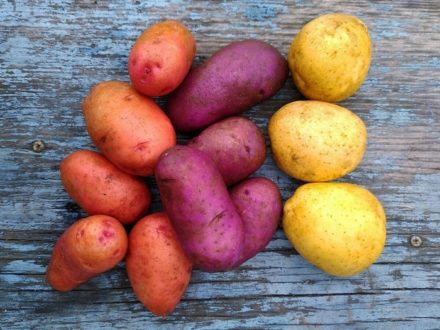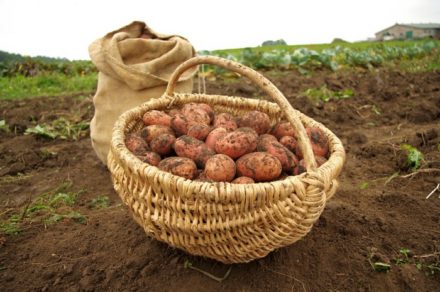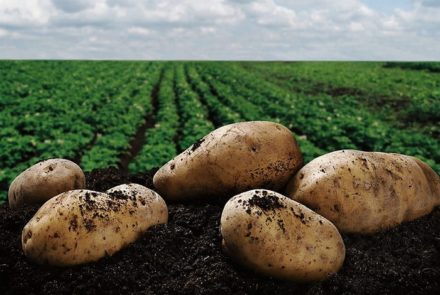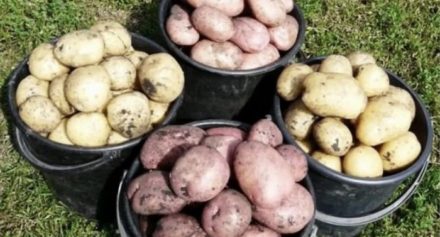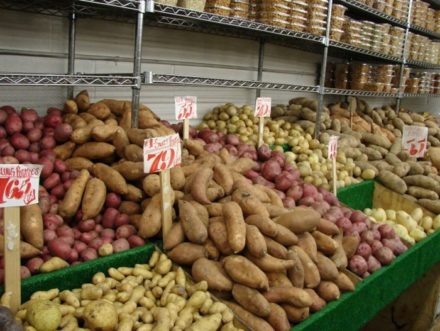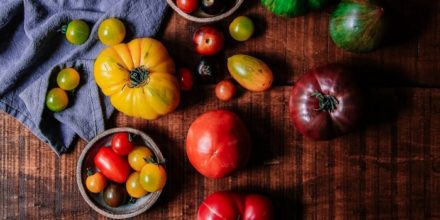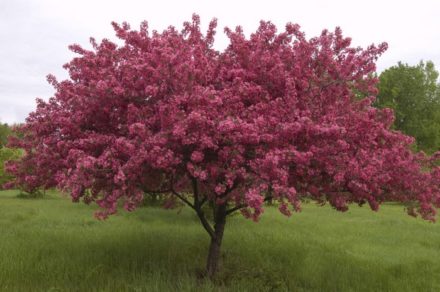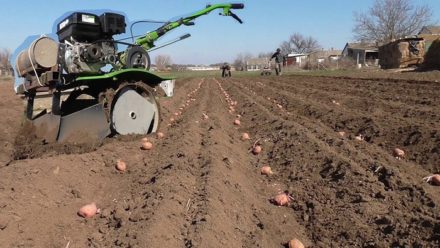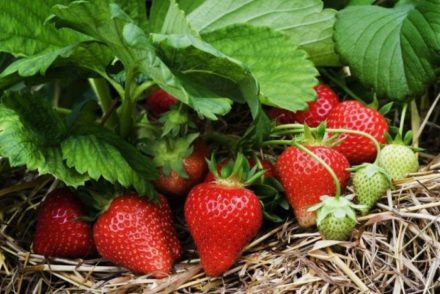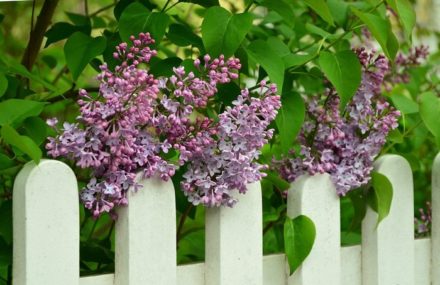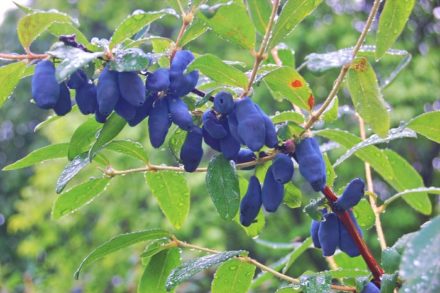Choosing the right potato variety during the planting season is a difficult task for an inexperienced gardener. More than 4 thousand species have been bred: each differs in taste, peel thickness and yield. In Europe and America, small varieties with tuber weights up to 40 g are popular, but in the CIS, on the contrary, large potatoes are loved: the plants are unpretentious, do not require careful care and show high yields.
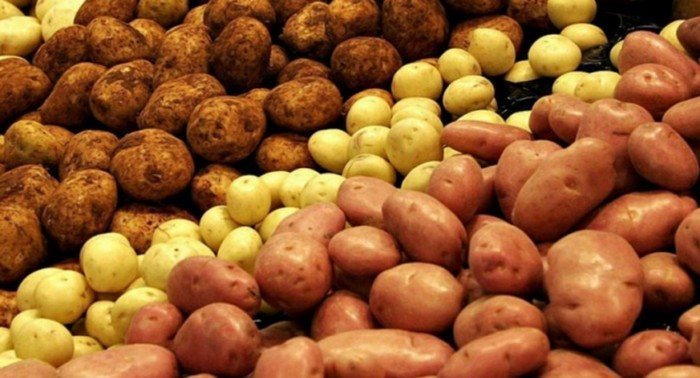
Potato Varyag
A variety obtained after crossing the species Udacha and Moor in 2018. It was created for the central regions of Russia with resistance to the pest worm - the golden potato nematode and the parasitic fungus that causes “potato cancer”.
The harvest ripens in 100 days. Root crops are elongated-oval with small eyes and yellow skin, when planted correctly, they grow weighing 130–150 g each. The average starch content is 15%. The variety is considered high-yielding: up to 435 centners of potatoes are harvested from one hectare of land.
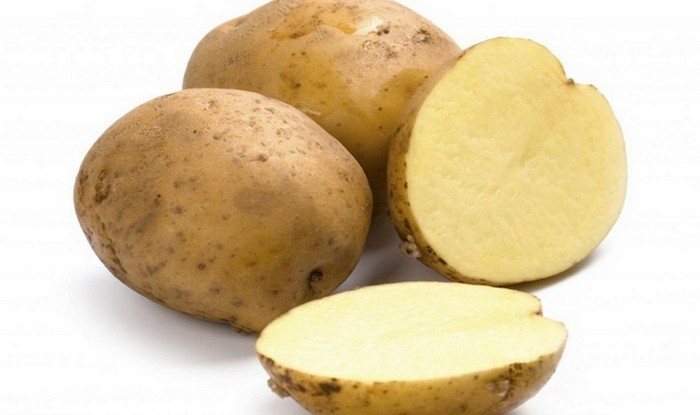
Potato Lasunok
The variety with the largest tubers, bred in Belarus, was registered in the Russian Federation in 1988. Lasunok is valued for its taste and predictable yield. It grows in any soil, but the type affects the yield: it is worst adapted to clay soil, and shows maximum yield only in sandy soils.The plant does not tolerate dry periods well.
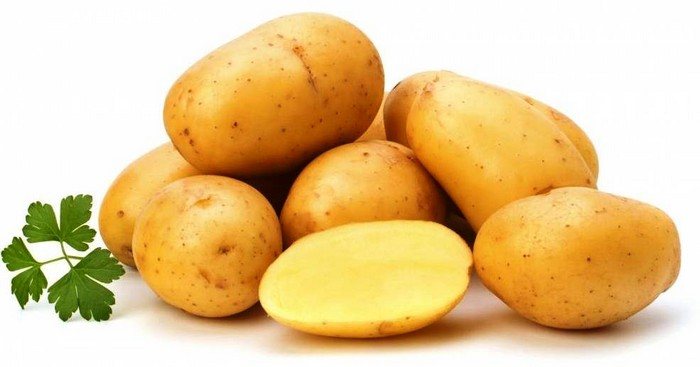
Potatoes grow in 110 days. The tubers are large, weighing up to 250 g, with a high starch content (15–22%), with light skin and medium eyes. 450–500 quintals are collected per hectare. Despite the predictability of the harvest, farms refuse the variety. The main problem is that the tubers are stored only at a temperature of 1–3 degrees. When the norm is exceeded, they begin to germinate.
Potato White Swan
A young variety that has not yet passed state certification and has not been included in the State Register. Grown on private farms in the Smolensk region. Gaining popularity due to taste and yield. Grows in 90 days. Potatoes are demanding on soil quality, watering and care. Does not tolerate drought and grows best in black soil.
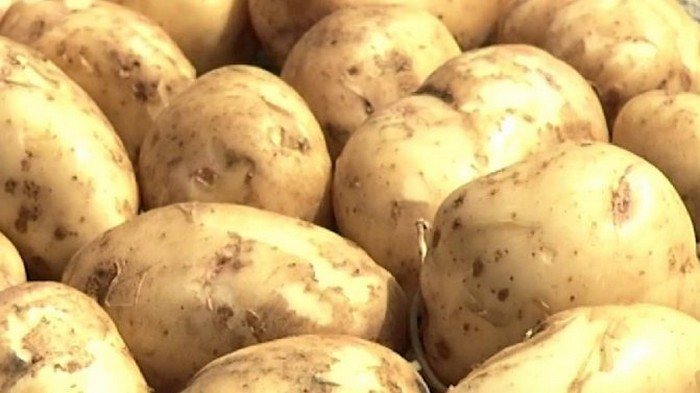
Tubers 250–300 g with white skin and small eyes. The flesh is starchy and pale cream in color. Potato bushes are attacked by the Colorado potato beetle, and root crops are attacked by the golden nematode. The harvest is stored at a temperature of 2–4 degrees.
The listed varieties are rarely found on store shelves; it is more convenient for retail chains to work with small varieties. Truly tasty and large tubers grow only in private gardens, which will decorate any table.


